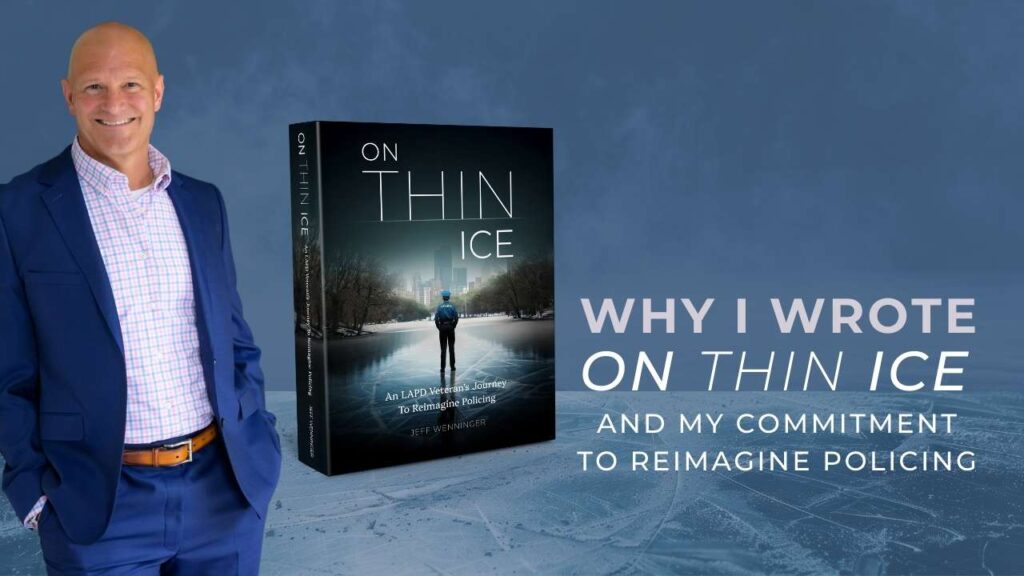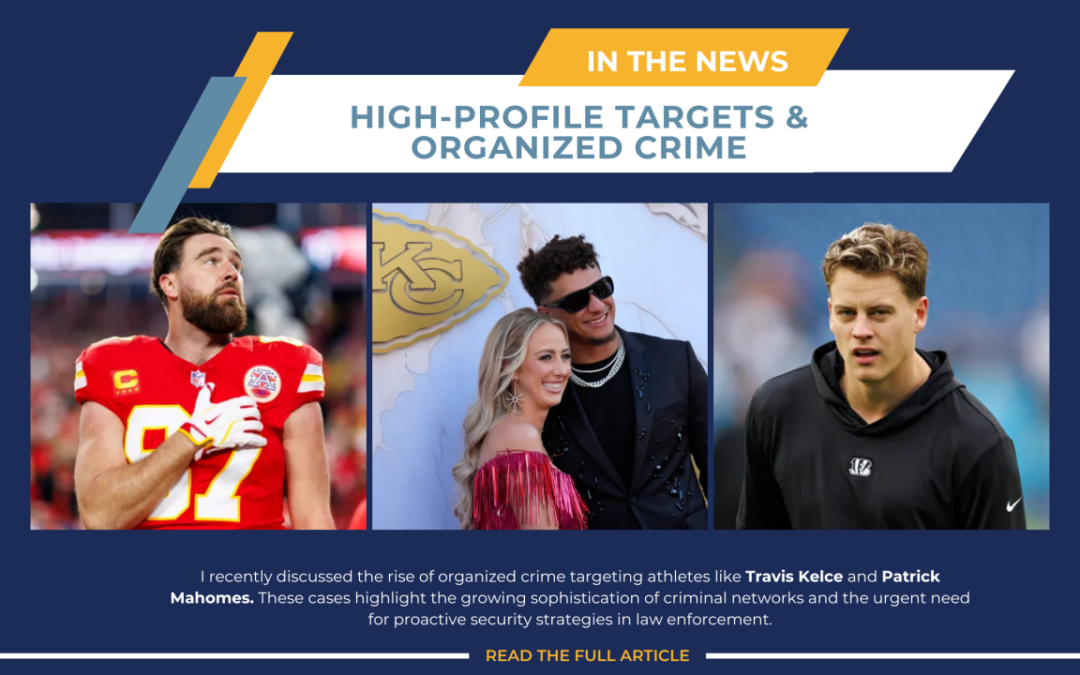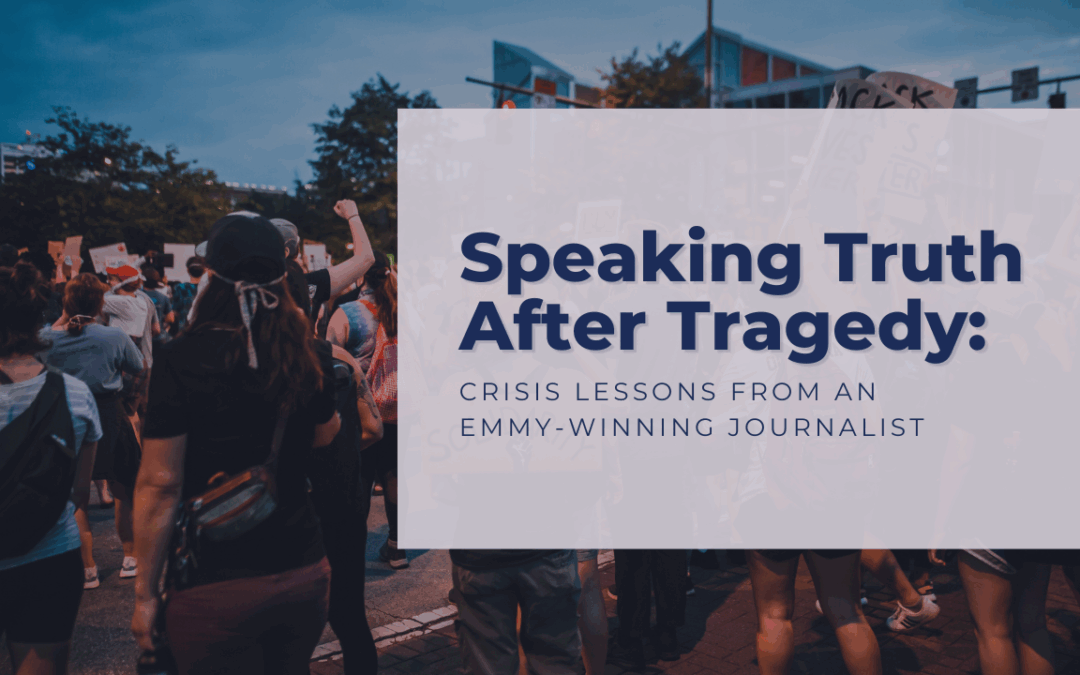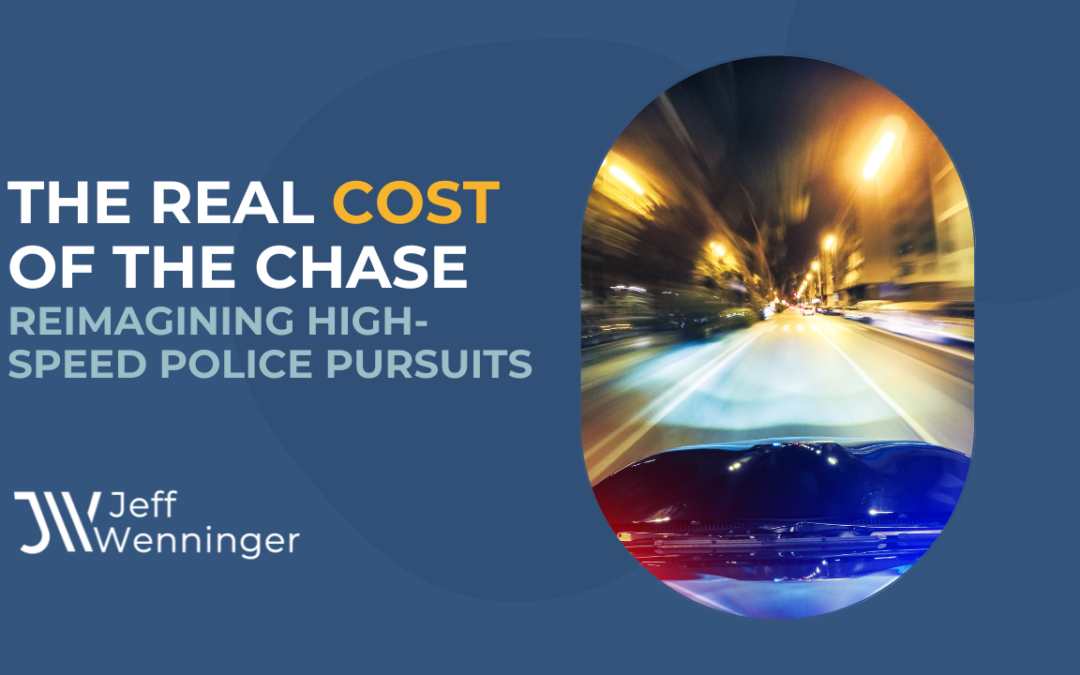Why I Wrote On Thin Ice: My Commitment to Law Enforcement

Law enforcement can be one of the most challenging—and rewarding—professions in the world. It’s a role defined by responsibility, accountability, and the delicate balance of enforcing the law while building trust within the community. Over my 30-plus years as a law enforcement professional, I’ve witnessed the full spectrum of this profession—the moments of triumph and connection, as well as the times when our systems failed the people we serve. These experiences became the foundation of my upcoming book, On Thin Ice.
A Reflection and a Call to Action
Writing On Thin Ice wasn’t just about looking back at my life and career—it was about using those lessons as a catalyst for change. Law enforcement is more than just catching criminals; it’s about creating communities where people feel safe, valued, and respected. However, achieving this goal requires us to take a hard, honest look at our institution and its shortcomings.
My motivation for writing this book is rooted in a deep commitment to the success of law enforcement. For me, success isn’t defined by the number of arrests or convictions. Instead, it’s about maintaining public trust, fostering a culture of accountability, and ensuring that officers are supported, trained, and equipped to perform their duties with professionalism and integrity.
Embracing Constructive Criticism
Criticism, when constructive, is not the enemy—avoiding it is. In On Thin Ice, I confront the areas where law enforcement needs to improve, not to condemn the profession but to help it thrive. These observations come from a place of care and a genuine desire to see law enforcement succeed in a society that is rapidly evolving.
From the complexities of responding to mental health crises to the heightened pressures of public scrutiny, I address the challenges officers face today. These are not easy conversations, but they are necessary if we want to foster progress and build lasting trust with the communities we serve.
The Power of Diverse Voices and Innovative Solutions
Policing is not a one-size-fits-all endeavor. One of the key themes in my book is the importance of including diverse voices and exploring creative solutions. Bringing different perspectives to the table allows us to address issues more holistically and craft innovative strategies that benefit everyone involved.
No single approach will solve every challenge in law enforcement. However, by embracing diversity—in thought, in background, and in approach—we create the opportunity to reimagine what modern policing can look like.
Bridging the Gap Between Law Enforcement and the Community
The relationship between law enforcement and the communities we serve is symbiotic. We rely on their trust and cooperation just as much as they rely on our protection. Yet, building and maintaining that trust requires more than words; it demands action, transparency, and accountability.
On Thin Ice serves as my attempt to bridge the gap between law enforcement and the public. It articulates the complexities of the profession while also providing a roadmap for positive change. I want readers—both officers and civilians—to come away with a better understanding of what’s at stake and how we can move forward together.
A Vision for a Better Future
At its core, On Thin Ice is a testament to my belief in law enforcement’s potential to be a force for good. But potential alone isn’t enough. It requires action, commitment, and a willingness to confront uncomfortable truths. Writing this book is my way of contributing to the profession I’ve dedicated my life to—a way to inspire meaningful dialogue and drive real change.
Law enforcement can and should be better—not just for officers, but for the communities they serve. My hope is that On Thin Ice provides the tools, insights, and motivation to help us get there.
Together, we can create a future where law enforcement is a model of excellence, integrity, and trust.
Join the conversation on my social media channels to Reimagine Policing.



